31.08.2023
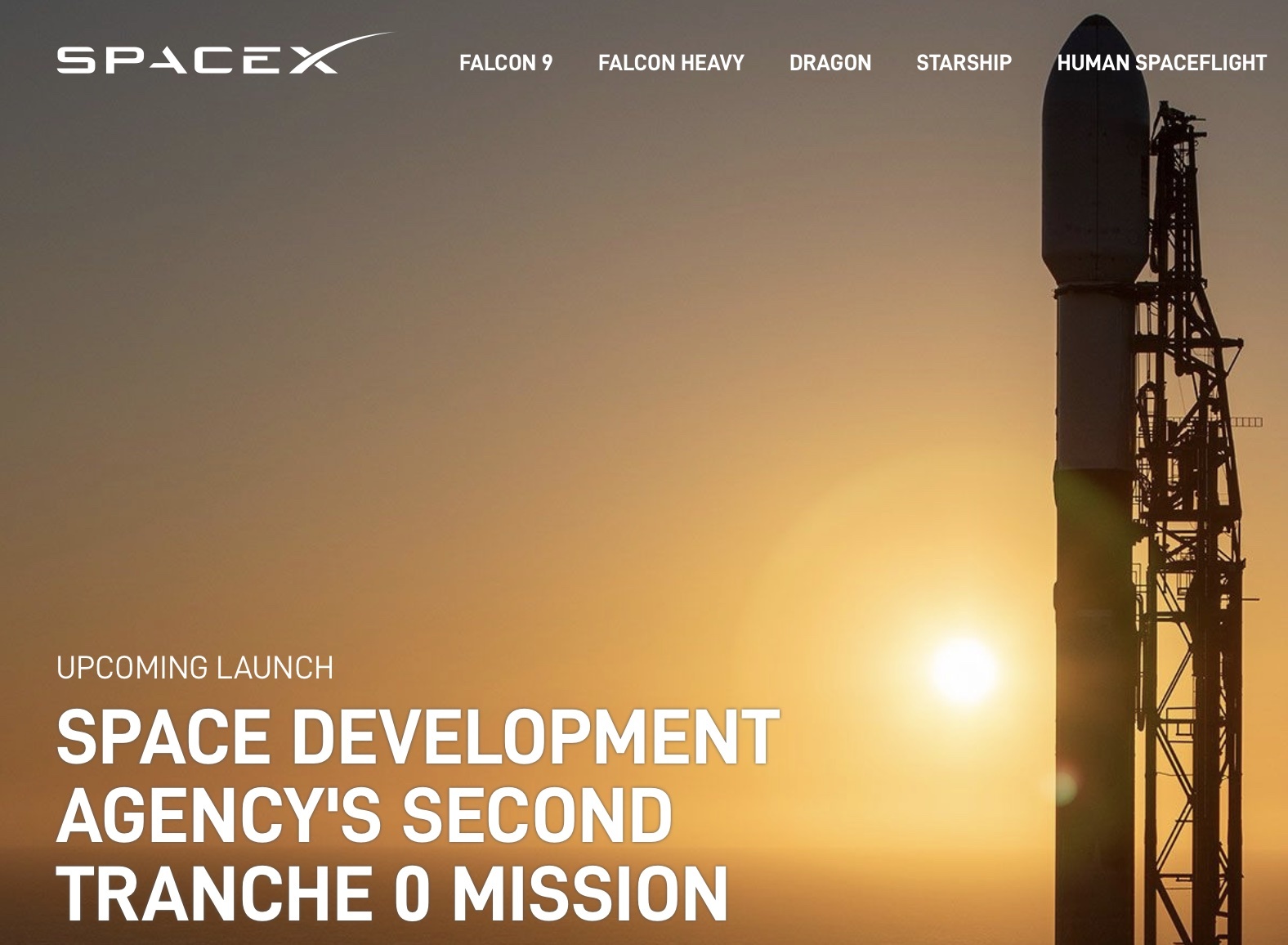
SpaceX to launch military communications satellites
SpaceX is targeting the launch of the 2nd Tranche 0 mission for the Space Development Agency on August 31st at 7:26 a.m. PT (14:26 UTC) from Space Launch Complex 4 East at Vandenberg Space Force Base in California.
The Tranche 0, Flight 2 mission features 13 payloads that will be deployed into a Polar Orbit and, as the mission name implies, is the 2nd flight of this small satellite constellation. The Tranche 1 swarm is scheduled for late 2024.
The Space Development Agency is a part of the United States Department of Defense that focuses on space-based communications with U.S. warfighters around the globe. The Tranche 0 group will feature 28 total satellites, with 10 having been previously launched by a Falcon 9 in April 2023, and 2 of those satellites were built by SpaceX, with the other 8 being built by York Space Systems.
SpaceX won a contract worth $149 million back in October 2020 to build 4 satellites to track missile launches. The satellites are based on the company’s Starlink satellite bus, and this is the first time SpaceX has won a contract to build a satellite for the U.S. Government. L3Harris also won a contract worth $193.5 million to build 4 similar satellites.
Tomorrow morning’s launch will feature 10 Lockheed Martin-built satellites, and as of the time of this article, it is unknown if it will host the other SpaceX-built satellites or the L3Harris satellites.

The Falcon 9 providing the ride to space for these payloads is Booster 1063. B1063 will be flying for the 13th time, having previously supported 8 Starlink missions, NASA’s DART mission, ESA’s Sentinel 6 Michael Freilich mission, Transporter 7 mission, and the Iridium-9/OneWeb Flight 19 mission.
Following the first phase of flight, the Falcon 9 will perform a boostback burn and return for a landing at Landing Zone 4, just 1,400 feet from where it took off minutes before.
SpaceX will begin its webcast 15 minutes before the scheduled launch time.
Quelle: TESLARATI
----
Update: 3.09.2023
.
On Saturday, September 2 at 7:25 a.m. PT (14:25 UTC), SpaceX launched the Space Development Agency’s second Tranche 0 mission to low-Earth orbit from Space Launch Complex 4E (SLC-4E) at Vandenberg Space Force Base in California.
The space vehicles launched during this mission will serve a part of SDA’s Proliferated Warfighter Space Architecture, a new layered network of satellites in low-Earth orbit and supporting elements that will provide global military communication and missile warning, indication, and tracking capabilities.
This was the thirteenth launch and landing of this Falcon 9 first stage booster, which previously supported the Sentinel-6 Michael Freilich, DART, Transporter-7, Iridium OneWeb, and eight Starlink missions.
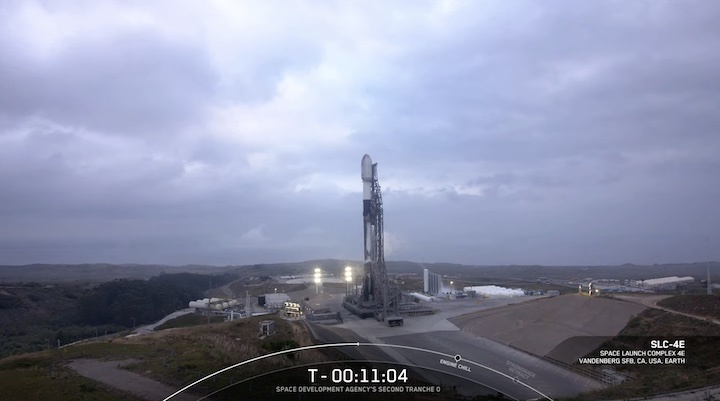
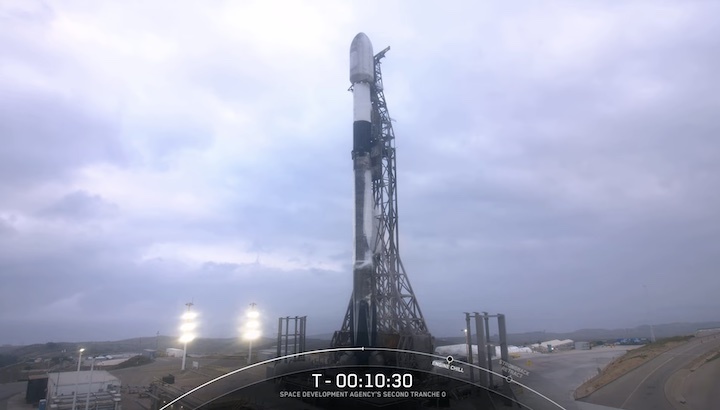
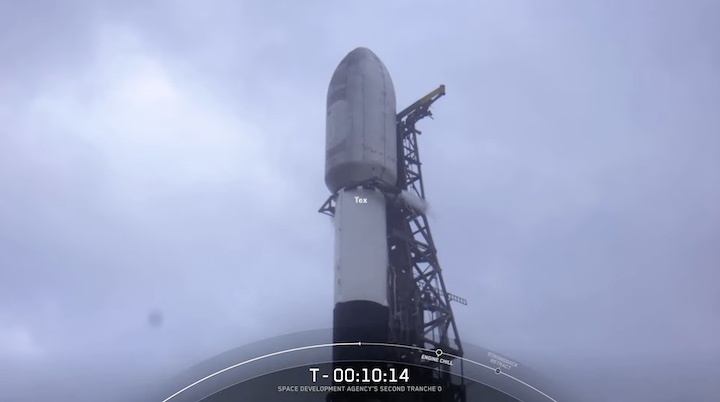
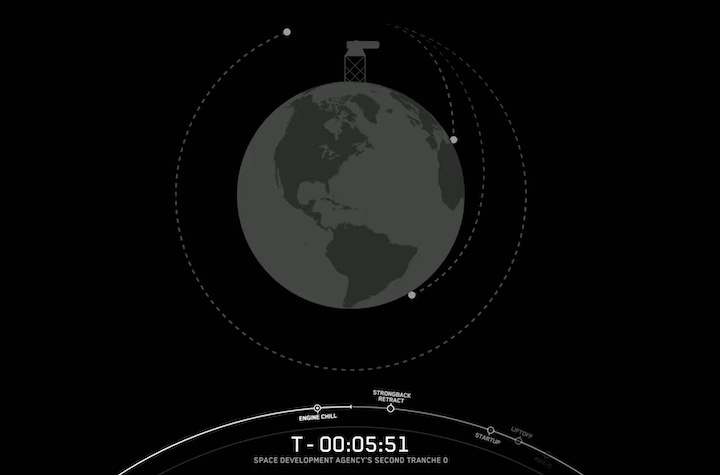
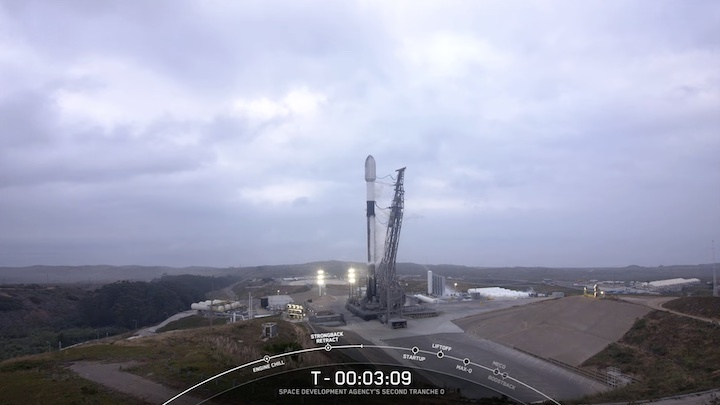
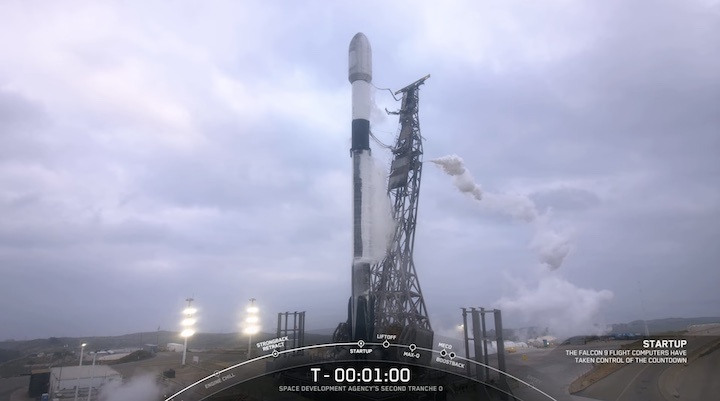
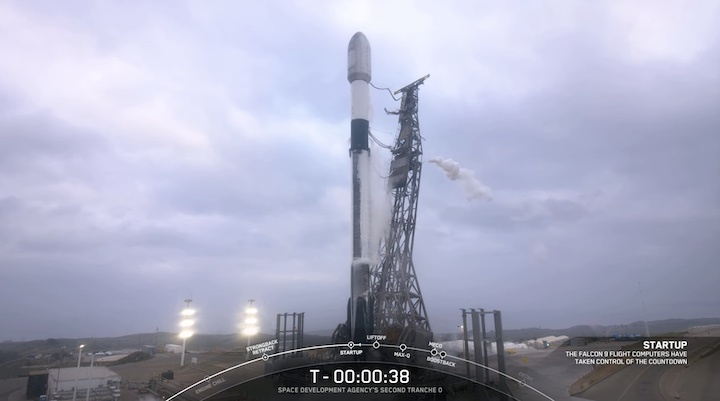
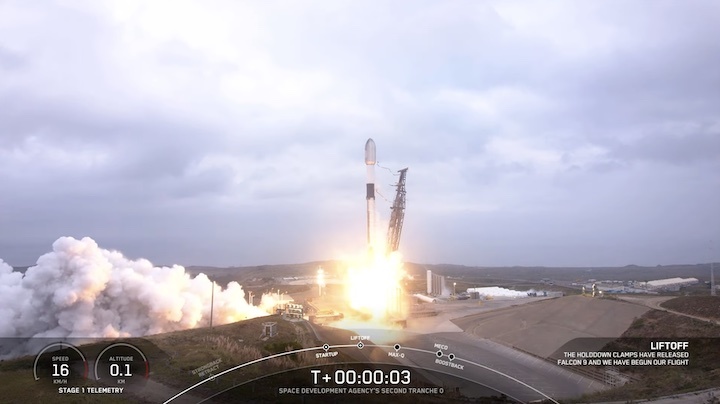
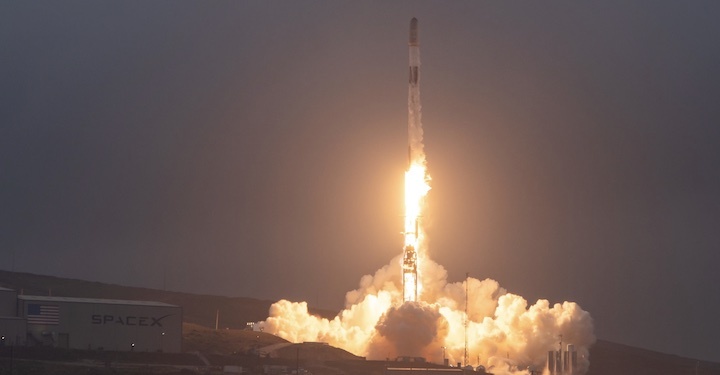
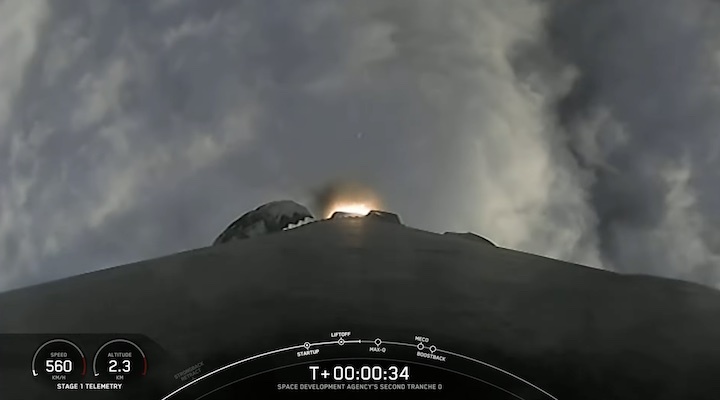
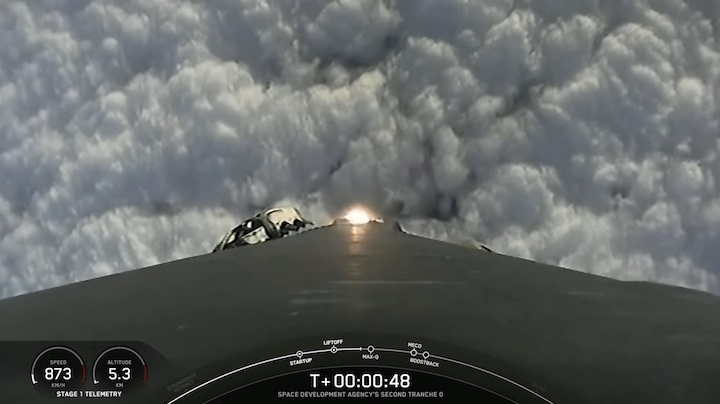
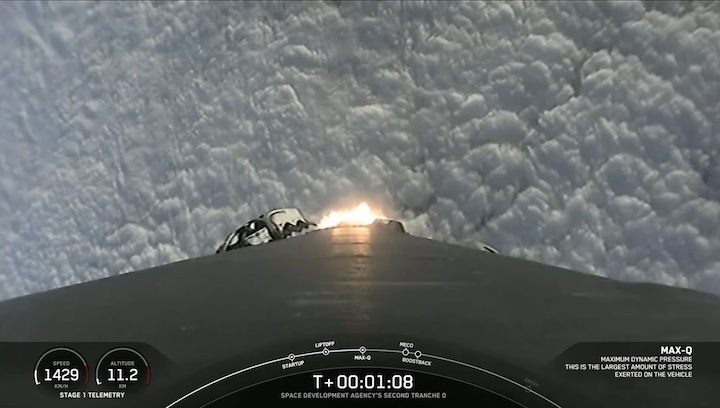
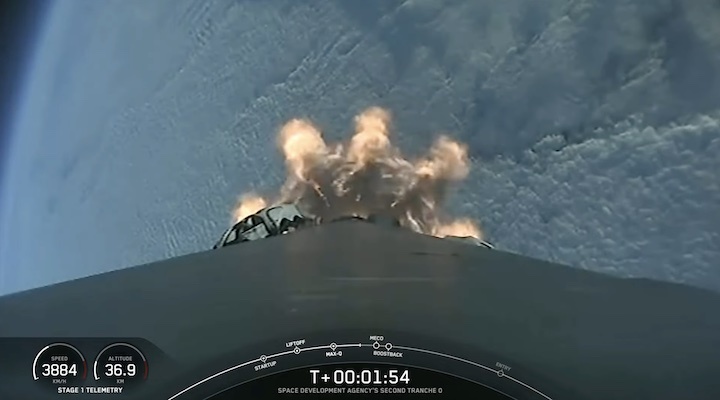

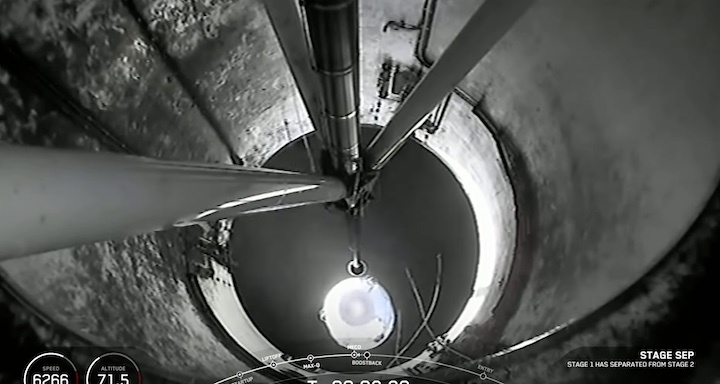


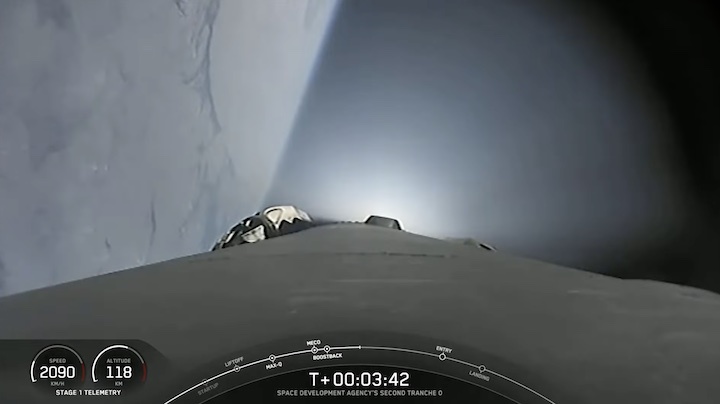
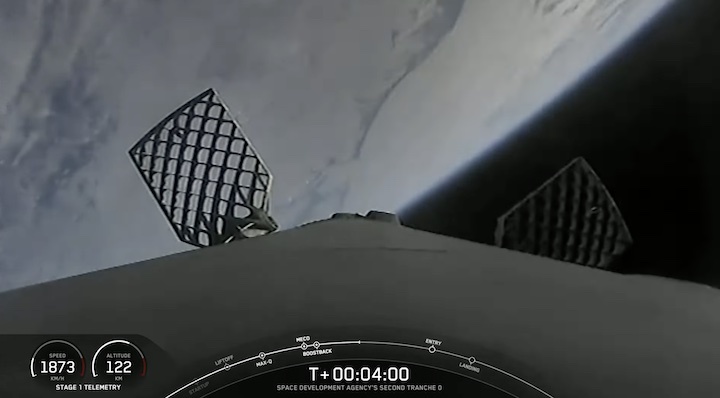
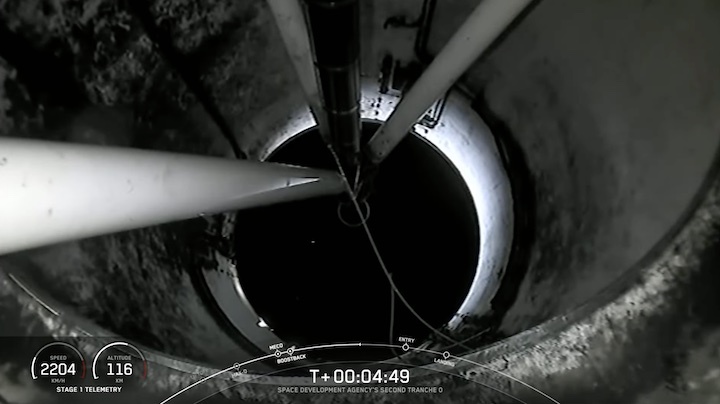
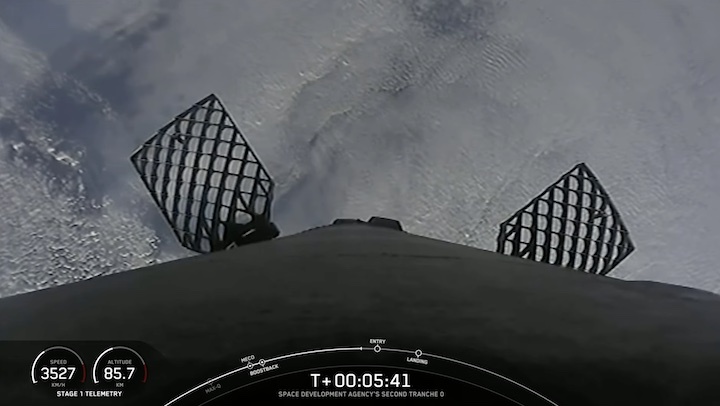

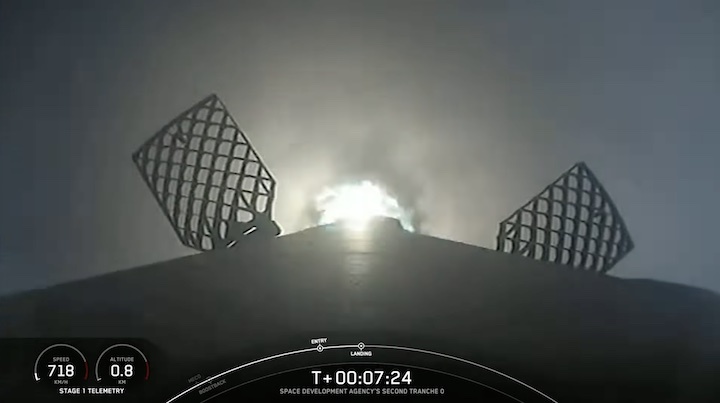
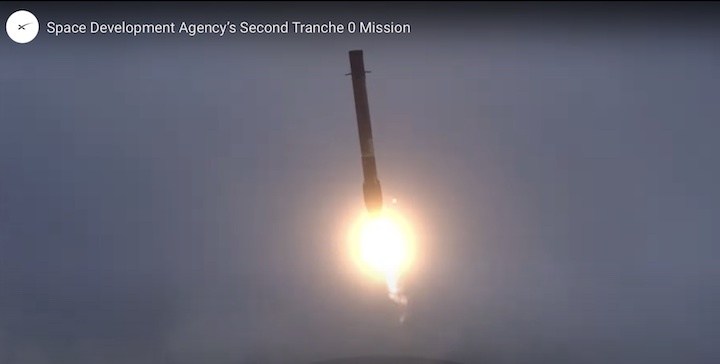
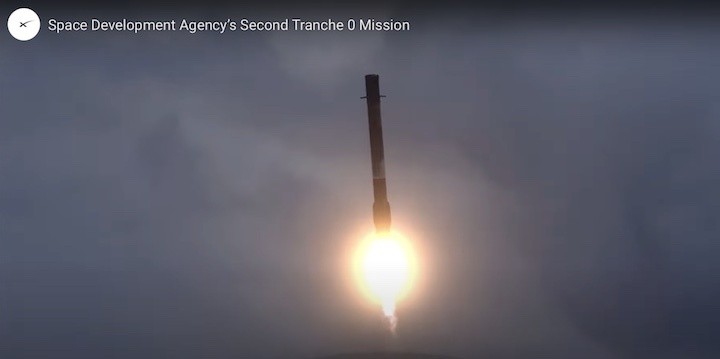
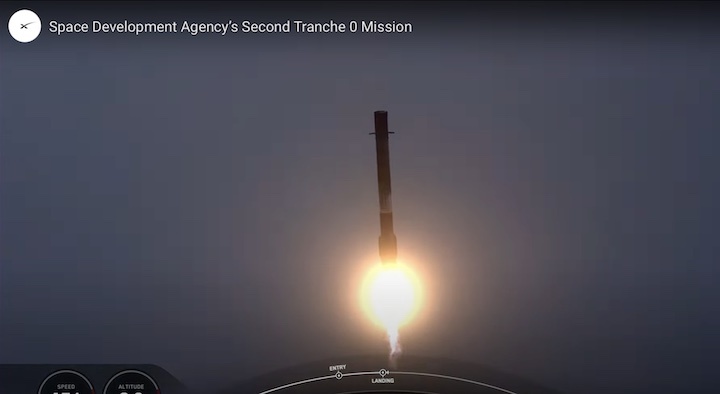

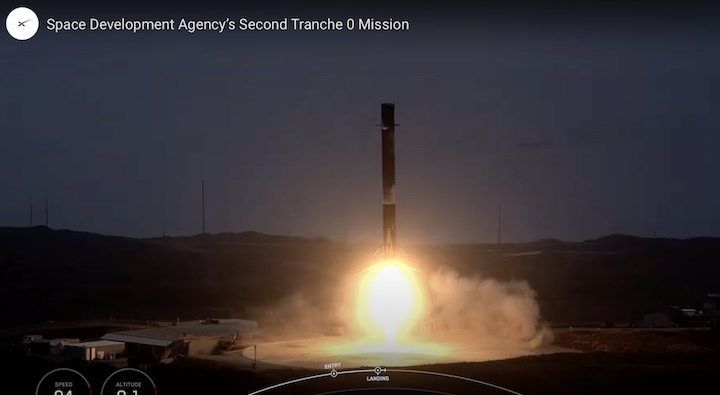
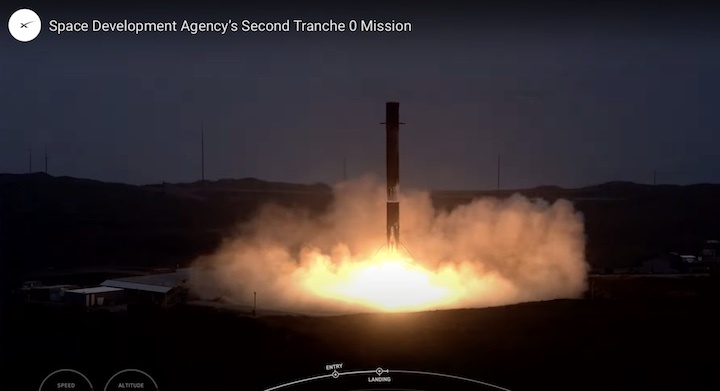
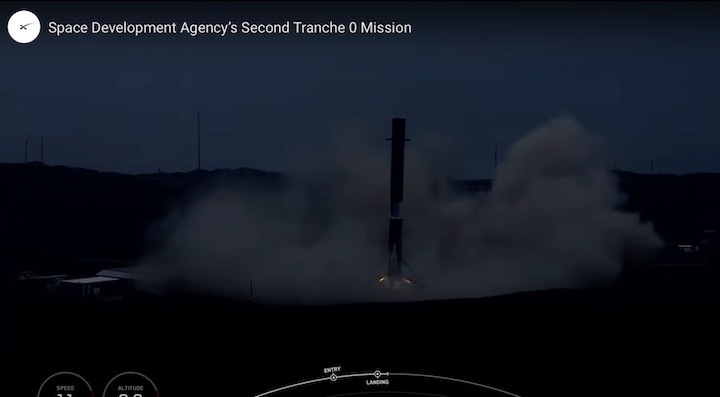
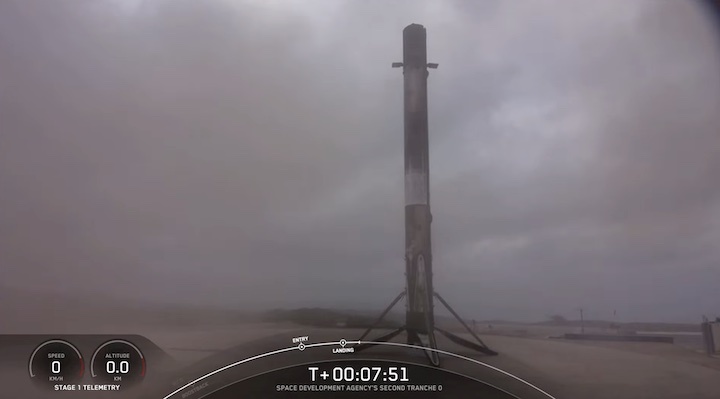
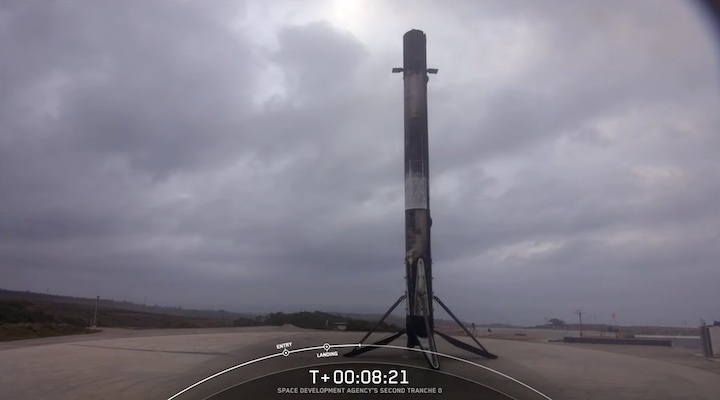
Quelle: SpaceX
